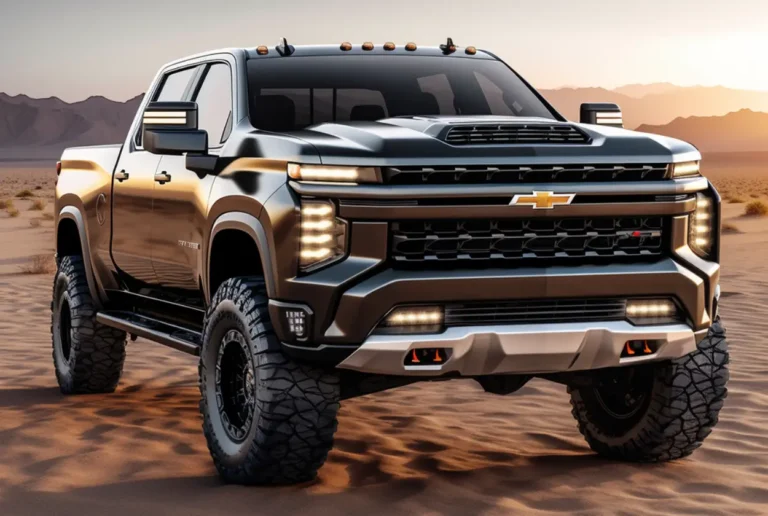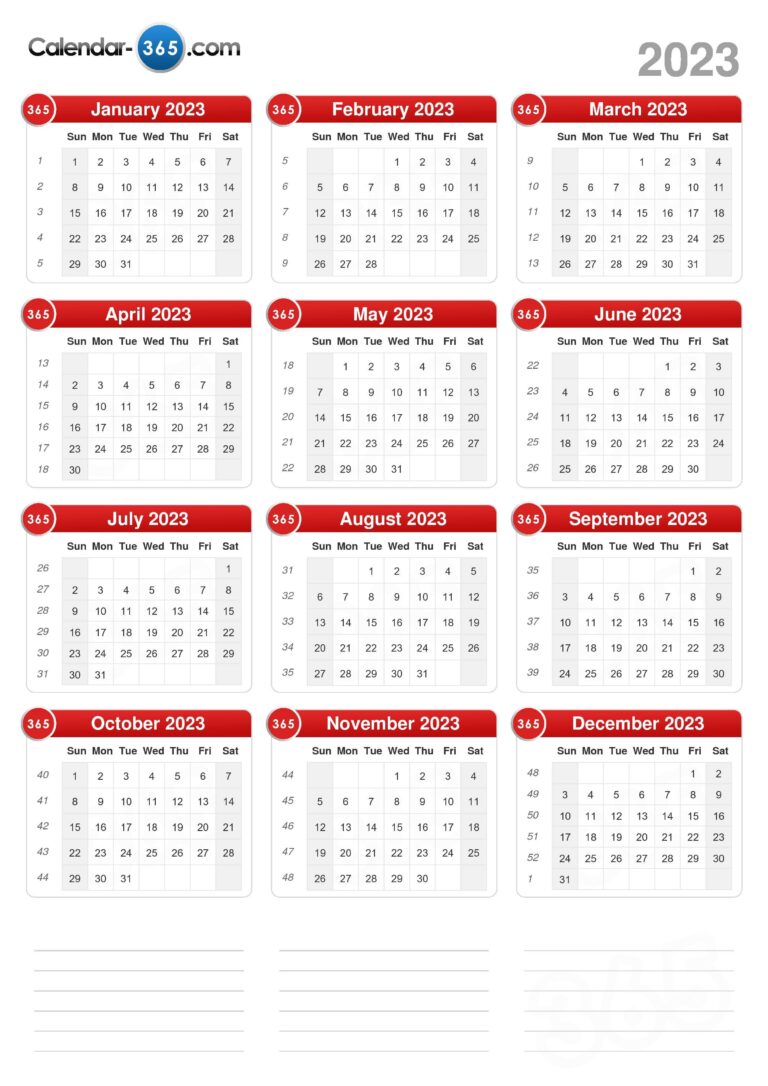What Are The Sizes Of Truck Caps In: A Comprehensive Guide to Perfect Fit
What Are The Sizes Of Truck Caps In: A Comprehensive Guide to Perfect Fit cars.truckstrend.com
A truck cap, also known as a truck topper, camper shell, or bed cap, transforms the open bed of your pickup truck into a secure, weather-protected, and versatile storage or living space. From safeguarding tools and gear to enabling comfortable overland camping adventures, the utility of a truck cap is undeniable. However, the success and satisfaction derived from owning one hinge almost entirely on a single, critical factor: getting the size right.
Unlike a generic tarp or tonneau cover, a truck cap is a semi-permanent addition designed to integrate seamlessly with your vehicle’s specific dimensions and contours. A cap that’s too long, too short, too wide, or too narrow won’t just look awkward; it will compromise security, weather sealing, and potentially damage your truck. This comprehensive guide will delve into the intricate world of truck cap sizing, ensuring you have all the knowledge to make an informed decision and find the perfect fit for your pickup.
What Are The Sizes Of Truck Caps In: A Comprehensive Guide to Perfect Fit
Understanding Truck Bed Dimensions: The Foundation of Sizing
The journey to finding the right truck cap begins with a thorough understanding of your truck’s bed dimensions. While seemingly straightforward, truck beds have nuances that demand precise measurement.
1. Truck Bed Length: The Primary Match
The most obvious dimension is the length of your truck bed. This is measured from the inside front edge (bulkhead) of the truck bed to the inside rear edge (tailgate). Common truck bed lengths include:
- Short Bed: Typically 5.5 feet (approx. 66 inches) to 5.8 feet (approx. 70 inches). Found mostly on crew cab trucks.
- Standard Bed: Generally 6.5 feet (approx. 78 inches) to 6.8 feet (approx. 82 inches). Common on extended cab trucks and some crew cabs.
- Long Bed: Usually 8 feet (approx. 96 inches). Predominantly found on single cab trucks and heavy-duty models.

It’s crucial to note that these are nominal lengths. The actual measurement might vary by an inch or two depending on the manufacturer and model year. A truck cap is designed to sit precisely on the bed rails, so its internal length must match your bed’s internal length to allow the tailgate to close properly and for a flush fit at the bulkhead.
2. Truck Bed Width: The Contour Connection
While length dictates the overall footprint, width is where the precision truly comes into play. Truck caps sit on the outer edges of your truck’s bed rails. Therefore, you need to measure the width across the top of the bed rails, from outside edge to outside edge.
It’s also useful to know the inside width of your bed (between the wheel wells and at the front/back) for cargo planning, but the cap’s fit is determined by the outer rail width. Truck beds are not perfectly rectangular; they often have slight tapers from front to back, and the contours of the cab and tailgate are unique to each make and model. This is why a cap for a Ford F-150 will not fit a Chevrolet Silverado, even if both have nominally 6.5-foot beds. The width, rail profile, and overall bed shape are distinct.

Beyond Length and Width: Height and Style Considerations
Once the foundational length and width are accounted for, the next major sizing decision involves the cap’s height and overall style, which directly impacts functionality and aesthetics.
1. Standard Height (Cab-High) Caps
- Description: These caps are designed to match the height of your truck’s cab. They create a sleek, integrated look, appearing as a natural extension of the vehicle.
- Benefits: Excellent aerodynamics (often improving fuel efficiency slightly by smoothing airflow over the bed), easy access to contents without excessive reaching, and a low profile that fits easily into garages and parking structures.
- Ideal For: Everyday use, light hauling, secure cargo transport, and those who prioritize aesthetics and minimal impact on driving dynamics.

2. Mid-Rise Caps
- Description: Slightly taller than the truck’s cab, mid-rise caps offer a compromise between standard height and maximum volume. They typically add 2-6 inches of additional interior height.
- Benefits: Increased cargo volume compared to cab-high caps, allowing for taller items or more comfortable movement if using the bed for camping, without being overly bulky. Still relatively aerodynamic.
- Ideal For: Weekend adventurers, light campers, or individuals who need a bit more vertical space for tools, gear, or taller personal items.
3. High-Rise (Wedge or Cab-Over) Caps
- Description: These caps are significantly taller than the cab, often featuring a sloped or "wedge" design that maximizes internal volume, sometimes even extending slightly over the cab.
- Benefits: Maximum interior volume, ideal for standing up inside (for some taller individuals or with specific truck models), carrying very tall items, or creating extensive camping/overlanding setups.
- Drawbacks: Can significantly impact aerodynamics and fuel economy, potentially obstruct rear visibility, and may not fit into standard garages or drive-thrus.
- Ideal For: Serious campers, overlanders, contractors, or anyone needing the absolute most enclosed space.
4. Commercial/Work Caps
- Description: Often made of durable aluminum, these caps are built for utility. They frequently feature higher profiles, reinforced construction, and external/internal access doors and shelving.
- Benefits: Extreme durability, customizable interiors for tools and equipment, excellent security, and often a rugged, professional appearance.
- Ideal For: Tradespeople, service vehicles, or anyone requiring a highly functional, robust mobile workshop or storage unit.
The Importance of Make, Model, and Year Specificity
This cannot be stressed enough: truck caps are not universal. Even if two different truck models (e.g., a Ford F-150 and a Ram 1500) have seemingly identical "6.5-foot beds," their caps are not interchangeable.
- Unique Bed Contours: Each truck manufacturer designs its bed rails, tailgate, and cab-to-bed interface with unique curves, slopes, and dimensions. A cap is molded precisely to fit these specific contours for a weather-tight seal and aesthetic integration.
- Model Generations: A cap designed for a 2010 Ford F-150 will likely not fit a 2020 Ford F-150, even if the nominal bed length is the same. Manufacturers frequently update bed designs with new generations of trucks.
- Trim Levels: Less common, but sometimes different trim levels of the same truck can have subtle variations in bed rail caps or other features that affect cap fit.
- Stake Pockets and Rail Caps: The location of stake pockets and the presence/design of factory or aftermarket bed rail caps can influence how a cap sits and seals.
Always verify the exact make, model, and year of your truck when purchasing a new or used cap.
How to Accurately Measure Your Truck for a Cap
To ensure a perfect fit, precise measurements are paramount. Here’s a step-by-step guide:
- Prepare Your Bed: Clear out your truck bed. Ensure the bed rails are clean and free of debris or obstructions. If you have an aftermarket bed liner or rail caps, note their presence as they might affect the fit, though most modern caps are designed to accommodate factory liners.
- Measure Length:
- Using a steel tape measure, run it from the inside front edge of your truck bed (where it meets the cab/bulkhead) straight back to the inside edge of your tailgate.
- Measure this length in inches. This is your effective bed length.
- Measure Width (Crucial):
- Measure the outside width of your truck bed rails. Place your tape measure across the very top of the bed rails, from the outermost edge on one side to the outermost edge on the other.
- Take this measurement at three points: near the cab, in the middle of the bed, and near the tailgate. Note any significant discrepancies, as some beds taper slightly. The cap must fit the widest point.
- Also, measure the inside width between your wheel wells. While not directly for cap fit, it’s good to know for cargo planning.
- Note Cab Height: Stand back and observe your truck’s cab height. This will help you decide if you want a cab-high, mid-rise, or high-rise cap.
- Record Full Details: Write down your truck’s:
- Make: (e.g., Ford, Chevrolet, Ram, Toyota)
- Model: (e.g., F-150, Silverado 1500, Ram 1500, Tacoma)
- Year: (e.g., 2023)
- Cab Style: (e.g., Crew Cab, Extended Cab, Regular Cab)
- Bed Type: (e.g., Short Bed, Standard Bed, Long Bed)
- All Measured Dimensions: Length (inches), Outer Width (inches at front, middle, back).
Tips for Choosing the Right Size and Style
- Define Your Primary Use: Are you camping, hauling tools, or just protecting groceries? Your intended use dictates the necessary height and features.
- Consider Your Budget: Generally, larger, higher, or more feature-rich caps (like those with carpeted interiors, power locks, or specific window configurations) will be more expensive.
- New vs. Used: New caps are guaranteed to fit your specific truck if ordered correctly. Used caps require meticulous verification of the exact truck they came off and precise measurements.
- Professional Consultation: Reputable truck accessory dealers have extensive databases that match cap models to specific truck makes, models, and years. They can guide you to the perfect fit.
- Installation: While possible to DIY, professional installation ensures proper sealing, wiring for lights (if applicable), and secure clamping, preventing leaks and ensuring safety.
Challenges and Solutions in Truck Cap Sizing
- Challenge: Non-Standard Bed Sizes or Older Trucks. Some vintage or specialty trucks might have dimensions that don’t align with modern mass-produced caps.
- Solution: Custom-built caps are an option but are significantly more expensive. Searching vintage forums or specialized shops might yield results for older models.
- Challenge: Aftermarket Bed Liners or Rail Caps. Some non-OEM accessories can interfere with a cap’s proper seating or sealing.
- Solution: Most factory bed liners and rail caps are designed to be compatible. For aftermarket additions, consult with the cap manufacturer or installer. You may need to trim or remove certain components.
- Challenge: Misleading Used Cap Listings. Sellers might inaccurately list the truck a cap came from, or provide imprecise measurements.
- Solution: Always verify in person with your own measurements. If possible, test fit the cap on your truck before purchasing. "Measure twice, buy once" applies here with extra emphasis.
- Challenge: Aesthetic Discrepancy. A cap might technically fit but look "off" due to a mismatch in cab height or body lines.
- Solution: Research images of various cap styles on your specific truck model online. Visit a dealer to see different styles in person if possible.
Truck Cap Estimated Price Guide
Pricing for truck caps varies widely based on brand, material, features, and region. The table below provides general estimated ranges for new, uninstalled caps, with the understanding that these are illustrative and subject to change. Installation costs, paint matching (if not included), and optional accessories will add to the total.
| Truck Cap Type/Size (Common Truck Bed Fit) | Material | Key Features (Examples) | Estimated Price Range (New, Uninstalled) | Notes |
|---|---|---|---|---|
| Short Bed (5.5-6 ft) | Fits most modern crew cab trucks (e.g., F-150, Silverado, Ram 1500 short beds) | |||
| Standard Height | Fiberglass | Side windows, rear door, basic interior light | $1,800 – $3,000 | Most popular, good aerodynamics. Paint match often extra. |
| Mid-Rise/High-Rise | Fiberglass | Taller profile, more cargo volume, potentially cab-over | $2,500 – $4,000+ | Better for camping/larger items. May impact fuel economy slightly. |
| Commercial/Aluminum | Aluminum | Heavy-duty, side access doors, shelving options | $2,000 – $5,000+ | Durable, often unpainted. Ideal for work vehicles. |
| Standard Bed (6.5-7 ft) | Fits extended cab and some crew cab trucks (e.g., F-150, Silverado, Ram 1500 standard beds) | |||
| Standard Height | Fiberglass | Side windows, rear door, interior light, carpet headliner | $2,000 – $3,500 | Balanced design. |
| Mid-Rise/High-Rise | Fiberglass | Increased interior height, potential for roof racks | $2,800 – $4,500+ | More versatile for gear. |
| Commercial/Aluminum | Aluminum | Robust construction, multiple compartments | $2,500 – $6,000+ | Built for heavy use. |
| Long Bed (8 ft) | Common on single cab and heavy-duty trucks (e.g., F-250/350, Silverado 2500/3500) | |||
| Standard Height | Fiberglass | Full-length side windows, durable hardware | $2,200 – $4,000 | Maximize covered bed length. |
| Mid-Rise/High-Rise | Fiberglass | Max internal volume, often with additional supports | $3,000 – $5,000+ | Best for large cargo, extensive camping setups. |
| Commercial/Aluminum | Aluminum | Extreme durability, custom configurations | $3,000 – $7,000+ | Professional-grade solution. |
| Specialty/Custom | Varies | Custom dimensions, unique features (e.g., pop-top, insulated) | $5,000 – $10,000+ | For specific needs, highly customized. |
Frequently Asked Questions (FAQ)
Q1: Can I use a truck cap from a different make/model on my truck?
A: Generally no. Due to subtle but critical variations in bed dimensions, rail profiles, cab contours, and tailgate designs, a cap is highly specific to the exact make, model, and year of the truck it was manufactured for. Attempting to force a fit will result in poor sealing, potential damage, and an unsightly appearance.
Q2: Do all truck caps come painted to match my truck?
A: No. Many fiberglass caps come in a base gel coat. Paint matching to your truck’s specific color code is usually an extra service and cost, though some premium models might include it. Aluminum commercial caps are often sold unpainted or in standard colors like white or black.
Q3: How do I know if a used truck cap will fit my truck?
A: You need to know the exact make, model, and year of the truck the used cap came off of. Then, meticulously compare its dimensions (length, outer rail width) and bed rail profile to your truck’s specifications. The safest bet is to measure your truck precisely and compare it to the cap’s known dimensions, or ideally, perform a test fit.
Q4: Will adding a truck cap affect my fuel economy?
A: It can. A well-fitted, cab-high cap might slightly improve aerodynamics by smoothing airflow over the open bed, potentially leading to a marginal increase in fuel economy for some vehicles. However, high-rise caps or poorly fitted caps can increase drag and decrease fuel economy. The added weight of the cap and its contents will also contribute to lower mileage.
Q5: Can I install a truck cap myself?
A: Yes, it is possible to install a truck cap yourself, but it’s strongly recommended to have at least two people due to the cap’s weight and bulk. Proper sealing, clamping, and wiring (for interior lights or third brake lights) are crucial for optimal performance and safety. Professional installation ensures a perfect, weather-tight fit and correct wiring.
Q6: What if my truck has a bed liner or rail caps?
A: Most modern truck caps are designed to fit over factory-installed plastic bed liners and bed rail caps without issue. However, some thicker, aftermarket bed rail caps or certain types of drop-in bed liners might interfere with the cap’s proper seating or clamping. It’s always best to check with the cap manufacturer or a dealer if you have aftermarket accessories.
Conclusion
The world of truck caps offers unparalleled versatility and protection for your pickup. However, the key to unlocking these benefits lies in understanding and executing precise sizing. From accurately measuring your truck’s bed length and width to considering the ideal height and style for your needs, every detail matters. By recognizing the critical importance of make, model, and year specificity, and by taking careful measurements, you can ensure a seamless, secure, and aesthetically pleasing fit. Invest the time in research and measurement, and you’ll be rewarded with a truck cap that truly enhances your vehicle’s functionality and your overall trucking experience.





